Spatial
Myint San Aung 2 ပစ်တိုင်းတောင် Pyit-Taing-Htaung “Every time you toss it, it stands up.”
-
Tauira / Student
Myint San Aung -
Kaiako / Lecturers
Dr Hamish Foote, Annabel Pretty
-
School
Unitec Insitute of Technology
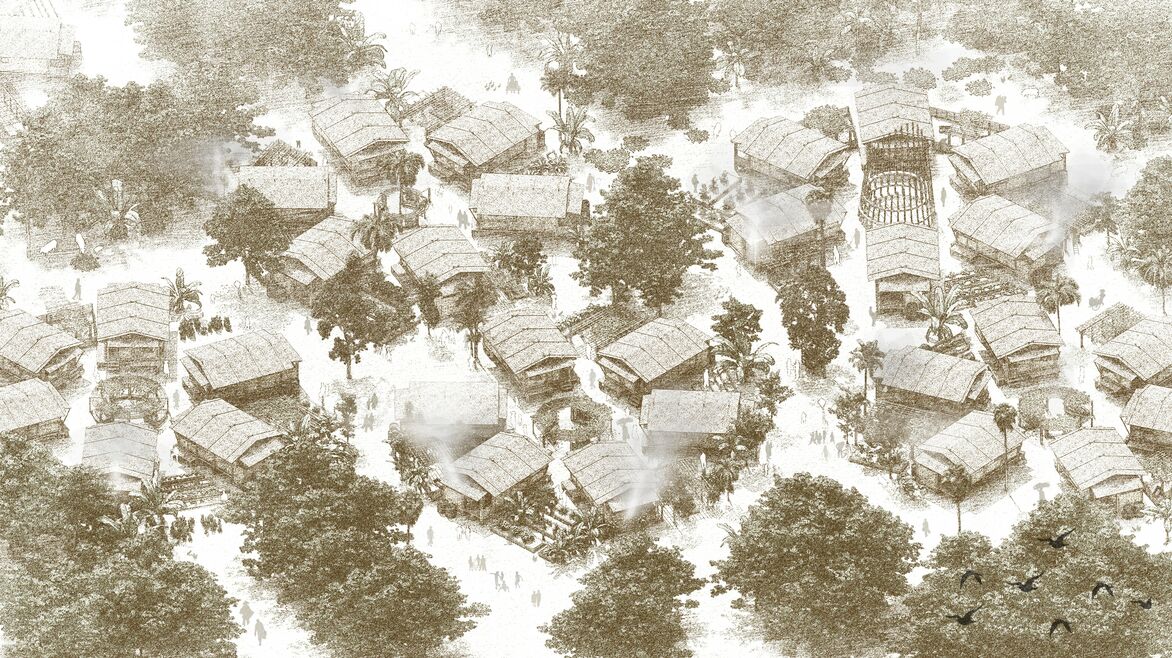
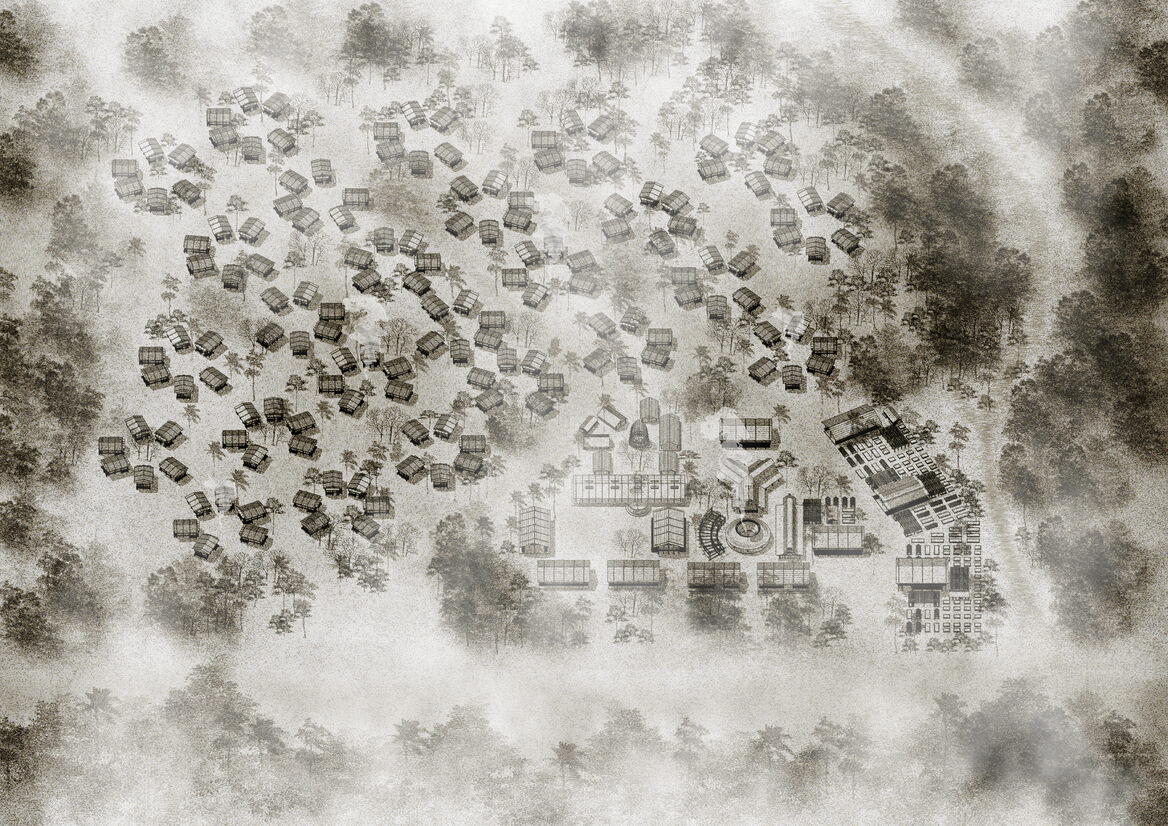
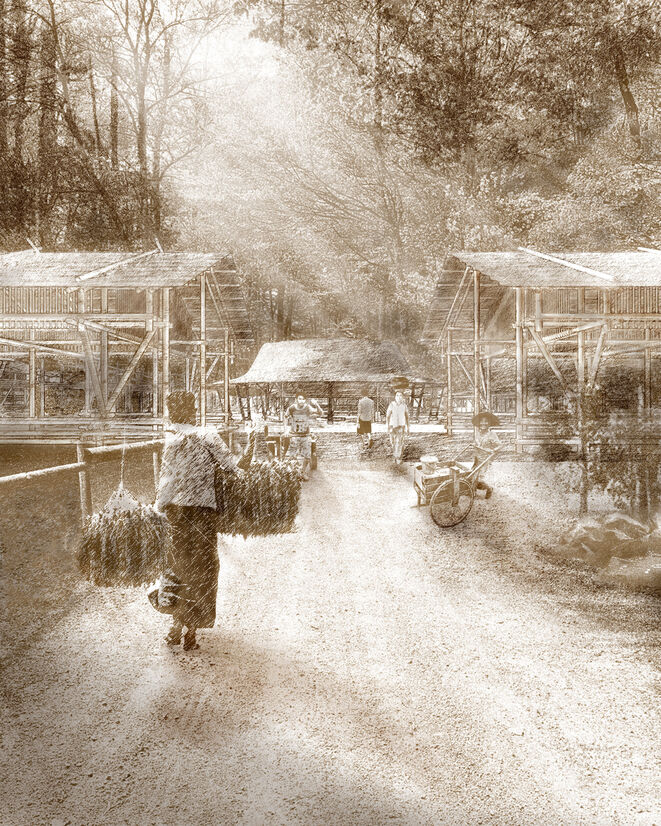
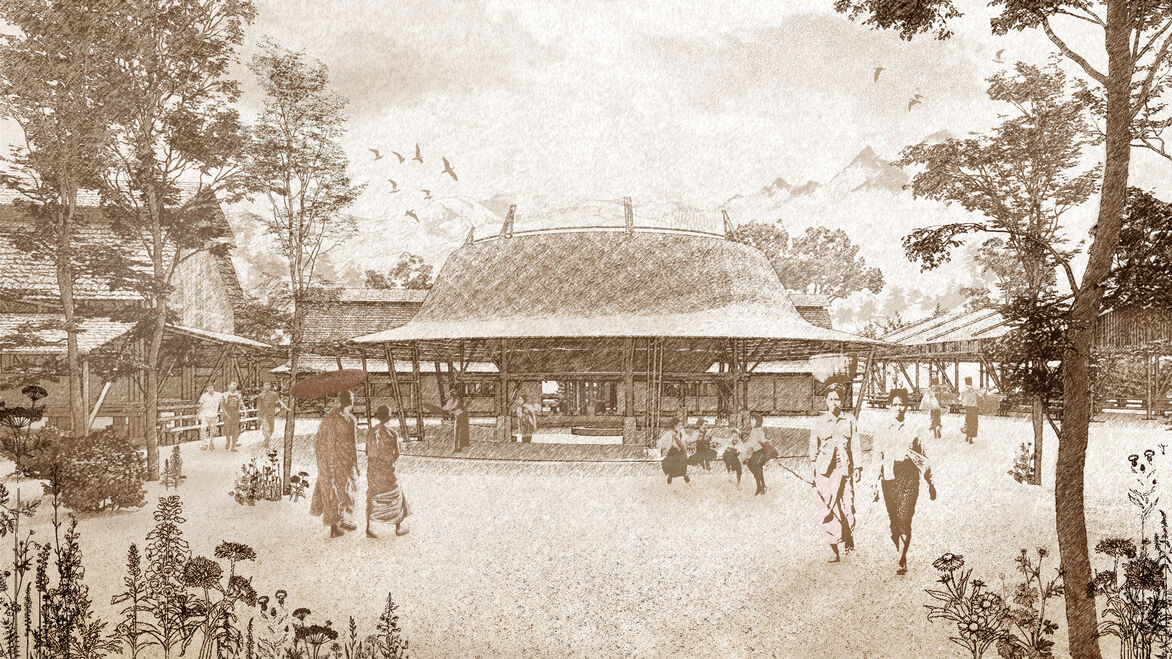
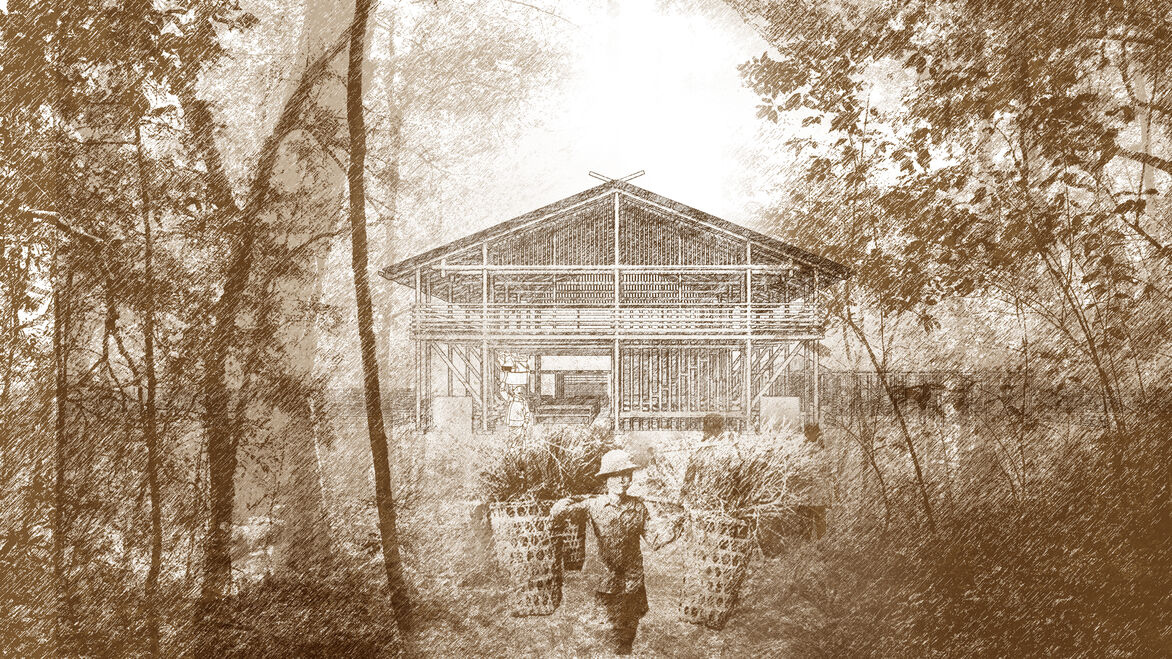
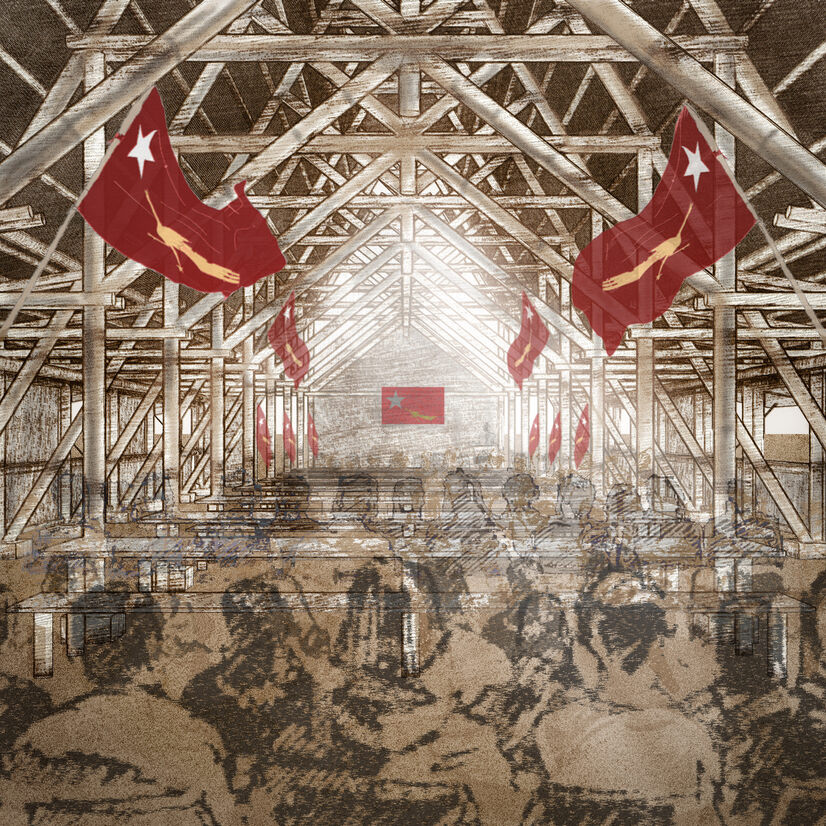
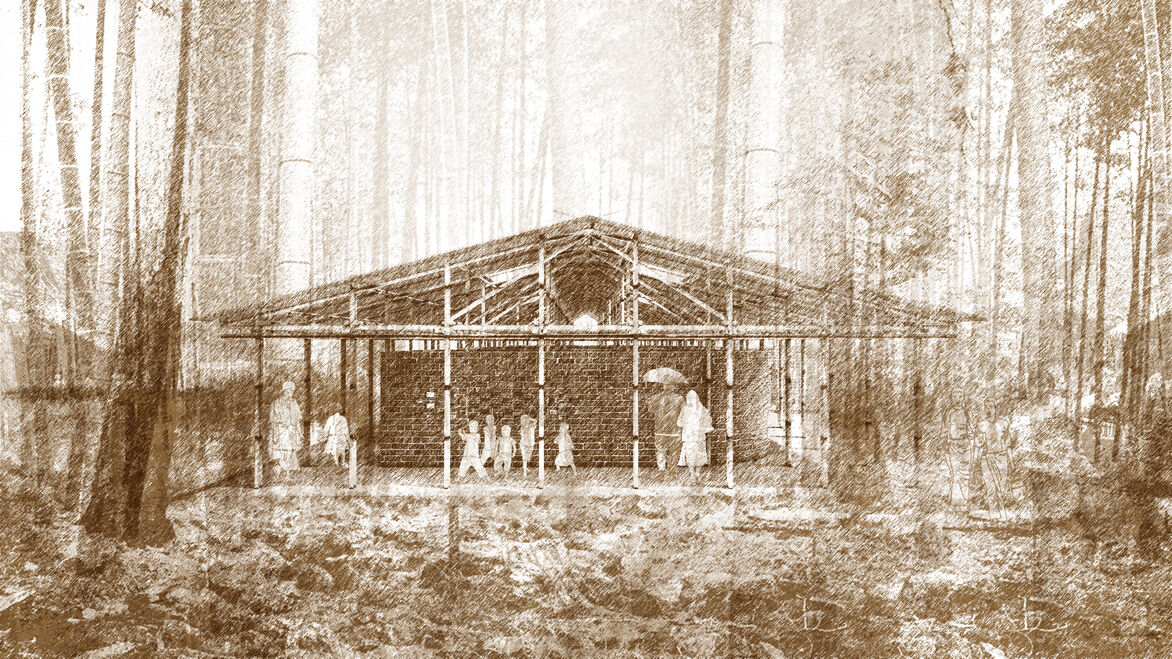
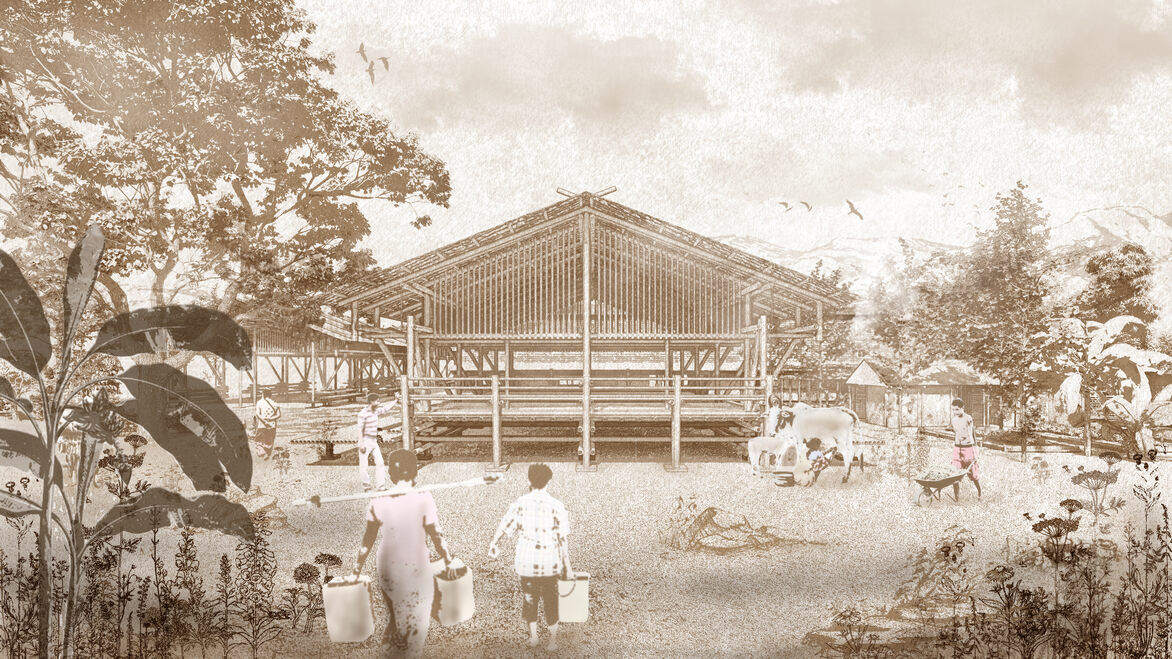
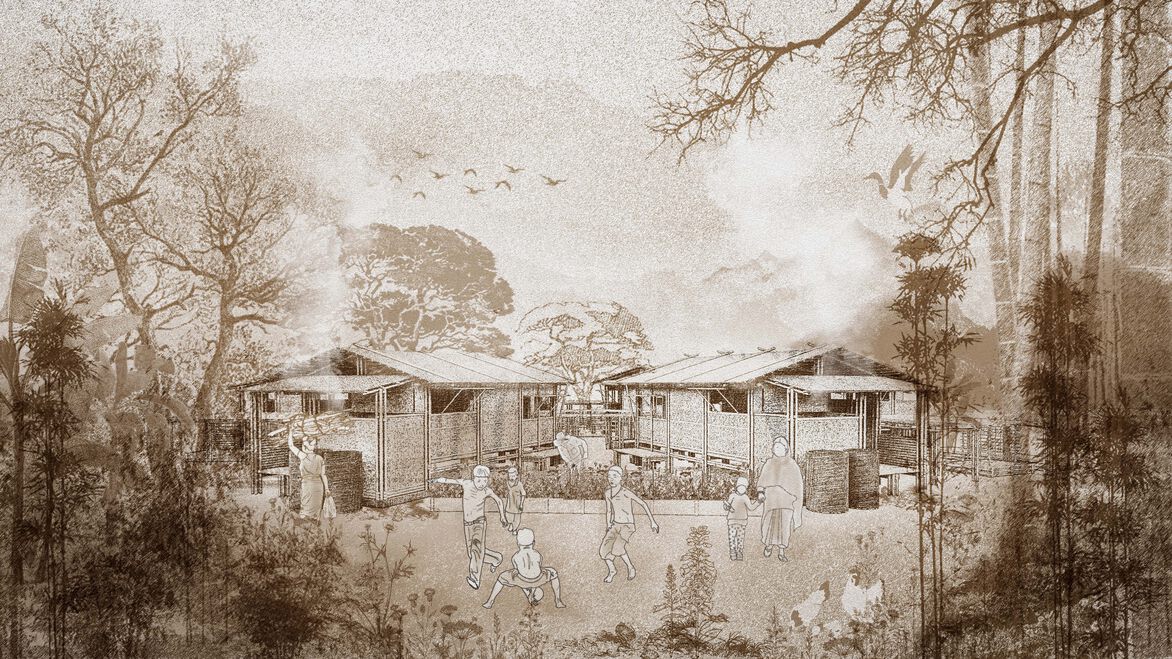
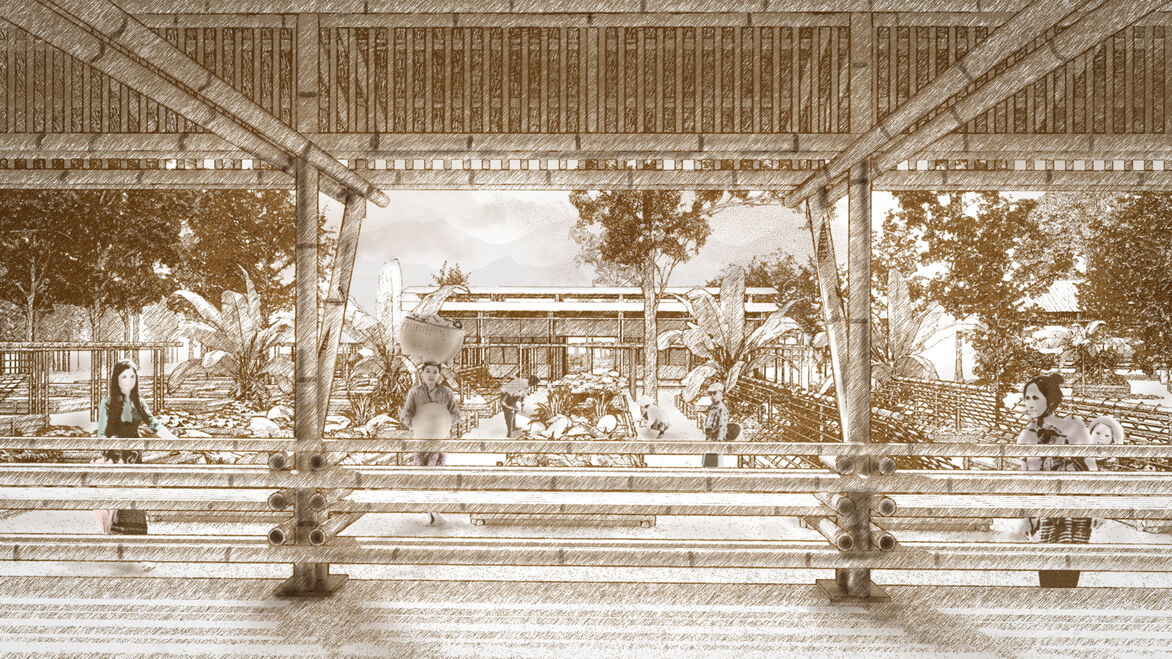
Description:
Pyit Taing Htaung. The project is named after a traditional Myanmar children's toy that remains upright despite being knocked down. As a consequence, the toys represent perseverance, resilience, and the ability to pick oneself up and never give up. This emblem of perseverance and resistance is essential to comprehend this project, which is infused with my personal experience growing up in the Thai-Myanmar refugee camps.
This project aims to understand how architecture can promote hope and assist refugees within the refugee camp. The question for the research was: How can a community-based refugee camp experience that includes the building and occupation of vernacular architecture help address alienation and build resilience?
The project was approached with the mindset of refugees' involvement and allowing them to create their own rules and use their own skill sets. The objective was to achieve an architecture that provides a safe space for refugees and a place where one feels a sense of belonging. The project was also heavily driven by using sustainable limited natural resources such as bamboo and adobe bricks available in the chosen context, which is in the Thailand Nupo Refugee camp. Furthermore, construction techniques and structures that consider the values and given skillsets and capabilities of refugees included in the building process were also developed, thereby ensuring their connectedness to the programs and creating a sense of pride and ownership amongst the refugee community could be established.
A community centre is also designed to satisfy the demands and desires of users—encompassing a school, adult education, workshops, community gardens, wellness centre, a library, a town hall, multipurpose pavilions, and a market area. These programmes are critical for refugees because they feel that information, education, and work opportunities are crucial for self-sufficiency and overall resilience. The new buildings are site-specific in terms of climatic design and multifunctional usage. The community centre is designed to be used and accessible by as many people as possible, regardless of age, gender, or ethnicity. It is a place to stay, play, chat, meditate, educate, create, grow, live, shop, sell and rest.
Conventional building methods and concepts learned from the vernacular architecture of Myanmar, and Southeast Asian countries were also employed to enhance cultural resilience and develop appropriate architectural language for the refugee community.
Refugee camps are a melting pot of people from different backgrounds, such as the architecture acts as a point of traditional and contemporary architecture working together to form a harmonious architectural language. The architecture was approached as a holistic natural feature that coexists and harmonises with its surroundings. The given context plays a significant role as part of a genuine holistic piece. This project intends to be contextually aware and engage in conversation with the current informal settlement, using local materials and familiar architectural styles.
Simply designing a house would not solve any of the societal problems. The definition that must be developed has several layers. The architecture serves as a great starting point for resolving specific problems and a steppingstone for the future.
Judge's comments:
This is a brave and clearly personal project. The design question (and response) is deeply relevant to our times - exploring the social alongside spatial role of architecture in a rapidly changing and unstable world. The resulting design is an elegant and considered response to the site and situation that refugees in Myanmar face.
Exquisitely drawn and presented this project tackles a real world problem and considers architecture in form, construction and the creation of community.